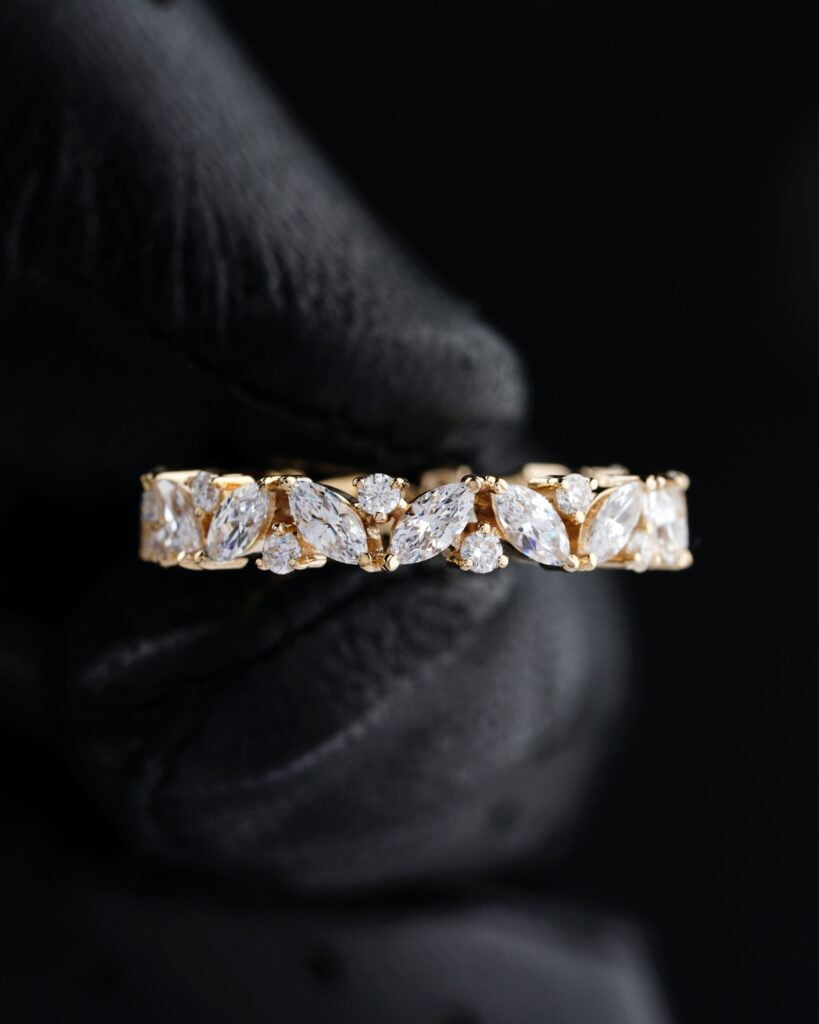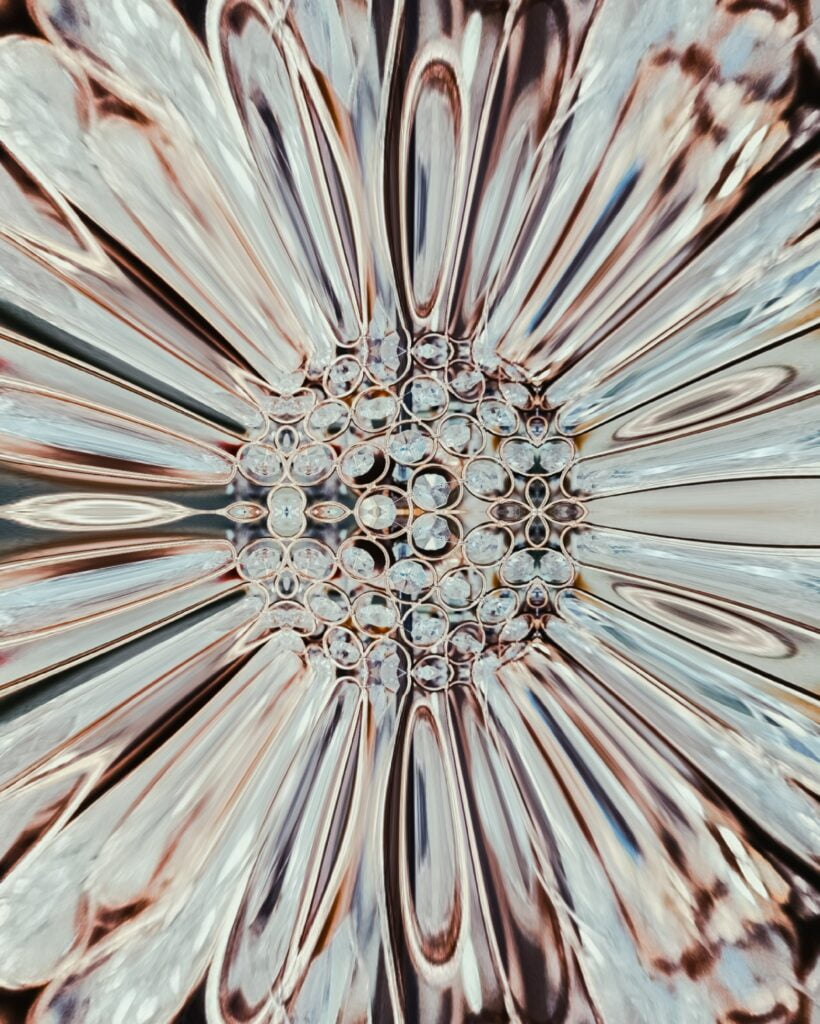Is Jade Tougher Than Diamond?
Is Jade Tougher Than Diamond? Jade and diamond, two gemstones familiar to many, have often sparked curiosity about their durability. The discussion often leads to a compelling question, “Is jade tougher than diamond?” Unravel the intricacies of these gemstones as we compare and contrast their toughness—a trait critical to their uses and significance in various cultures around the world.
Understanding Minerals: Jade and Diamond
Understanding the world of minerals, especially gemstones like Jade and Diamond, can be an exciting journey. As you begin, it’s essential to have a firm grasp of the basic concepts.
Definition of Minerals
Minerals are naturally occurring substances with a definite chemical composition and a crystalline structure. They are solid, stable at room temperature, and formed by geological processes. Every mineral is unique, thanks to its specific set of physical properties including color, hardness, crystal shape, and luster.
How Gemstones are Classified
Gemstones, which are a subset of minerals, are classified based on their composition. They’re grouped into species and varieties. For instance, diamonds, rubies, and sapphires are all different species. Varieties, on the other hand, are a type within a species distinguished by some physical characteristics. Jade, for example, has two primary varieties: Jadeite and Nephrite.
Properties of Minerals
Understanding the properties of minerals is fundamental to distinguishing them. These properties include color, luster, streak, hardness, cleavage, fracturing, and their specific crystal habit.
The Structure of Jade
When you delve into the mineral world, the structure of each, as in Jade, matters. Which Country Has The Best Jade In The World?
The Composition of Jade
Jade refers to two different mineral species, Nephrite and Jadeite. They both are rich in metals like aluminium, iron, and, magnesium and consist of tightly interlocked, compact, microscopic crystals that render a tough structure.
Physical and Chemical Properties of Jade
Jade is known for its toughness, beautiful green hues, and somewhat greasy luster. Its colors can range from white and pale apple green to lovely deep jade green. It is often mottled with streaks or spots. On the Mohs scale, Jade ranks between 6 and 7.
Variants of Jade
The two varieties of Jade are Nephrite and Jadeite. Nephrite, softer and creamier in tone, is more common. Jadeite, on the other hand, is rarer, hence highly valued, especially in its pure green form, known as Imperial Jade.

The Structure of Diamond
Understanding the diamond structure helps you appreciate its unique attributes.
The Composition of Diamond
Diamond is a species of the mineral Carbon. Its structure consists of carbon atoms arranged in a crystal lattice, each atom bound to four other carbon atoms in a tetrahedral shape, which equates to exceptional hardness and thermal conductivity.
Physical and Chemical Properties of Diamond
Diamond is renowned for its high hardness, ranking a ten on the Mohs scale, making it the toughest mineral. But despite this hardness, diamonds can also be brittle. They come in numerous colors, thanks to impurities and defects; however, the most desirable is colorless diamond.
Types of Diamonds
Diamonds are categorized into four types based on the impurities present: Type Ia, Ib, IIa, IIb. Type Ia are the most common and contain nitrogen impurities. Type Ib, like Type Ia, contains nitrogen but in a different manner. Types IIa and IIb are rare, with IIa being the purest, virtually nitrogen-free diamonds.
Measuring Hardness in Gemstones
Hardness is a significant factor you consider while dealing with gemstones.
The Mohs Scale of Hardness
The Mohs scale is a measure of how well a mineral resists scratches, with talc at 1 (softest) and diamond at 10 (hardest). https://git.or.th/
Why Hardness Matters in Gemstones
Hardness is crucial for gemstones as it determines their durability and ease of cutting. High hardness means the gemstone is resilient to scratching, which might compromise its shine and appearance.
Other Factors Affecting a Gemstone’s Durability
Besides hardness, other factors, such as cleavage and fracture, affect a gemstone’s durability. Cleavage refers to the gemstone’s ability to split along certain planes, while fracture is the manner of breaking when it doesn’t cleave.

Hardness of Jade
While considering the hardness of Jade, keep in mind its unique structure and composition.
Rating Jade on the Mohs Scale
On the Mohs scale, Jade (both Nephrite and Jadeite) sits between 6 and 7. Tough and resilient, it carved its way into numerous civilizations.
How the Structure of Jade Affects its Hardness
The interlocking, microscopic crystalline structure gives Jade its hardness and toughness, enabling it to resist breaking and chipping.
Comparing Jade to Other Gemstones
Compared to many other gemstones, Jade is neither the hardest nor the softest. It sits in the middle, tougher than gems like Opal or Pearl, but softer than gems like Quartz or Diamond.
Hardness of Diamond
A discussion on Diamond’s hardness inevitably circles to its unique chemical structure.
Rating Diamond on the Mohs Scale
On the Mohs scale, Diamond is undisputedly the hardest, ranking at number 10. It’s exceedingly resistant to scratches.
Why Diamond is the Hardest Mineral
The specific arrangement of carbon atoms, each bound closely by four other carbon atoms, makes Diamond the hardest on the Mohs scale.
Comparing Diamond to Other Gemstones
There’s no other natural gemstone that matches Diamond in hardness. Its closest competition, Corundum (Ruby and Sapphire), ranks 9 on the Mohs scale.

Toughness in Gemstones
Understanding toughness in gemstones requires a nuanced approach.
Definition of Toughness in Gemstones
Toughness refers to a gemstone’s ability to resist breaking, chipping, or cracking. It’s different from hardness, which is about scratch resistance.
The Impact of a Gemstone’s Structure on its Toughness
A gemstone’s structure and the way its atoms or crystals are bonded directly impact its toughness. Strong interlocking bonds tend to make a gemstone tougher.
How Toughness is Tested in Gemstones
Toughness is often tested by hitting or dropping the gemstone. The less likely it is to chip or break, the tougher it is.
Toughness of Jade
Jade’s toughness is legendary and accounts for its use in tools and weapons throughout history.
Rating Jade’s Toughness
In terms of toughness, Jade stands out, scoring very high. This toughness is attributed to its compact, interlocking crystalline structure.
Factors contributing to Jade’s Toughness
The key contributor to Jade’s toughness is its structure – interlocked and compact microscopic crystals. The way the mineral holds itself together makes it extremely tough.
Real-world Examples of Jade’s Toughness
Historically, Jade’s toughness was harnessed to create tools, weapons, and hardstone carvings. Even though it’s not as hard as Diamond, its toughness makes it resistant to breaking and chipping.
Toughness of Diamond
While Diamond is the hardest mineral, it’s not the toughest.
Rating Diamond’s Toughness
Diamond’s toughness is graded as ‘good to excellent.’ Despite its superior hardness, it can still chip or fracture due to cleavage.
What makes Diamond Tough
Diamond’s toughness stems from its exceptional inter-atomic bonds. But because of its perfect cleavage, it can split, which is why cut diamonds are prone to chipping.
Real-world Examples of Diamond’s Toughness
The grueling process of cutting and polishing a diamond illustrates its hardness but also its propensity to chip, signaling its toughness limitations.
Conclusion: Is Jade Tougher than Diamond?
Exploring whether Jade is tougher than Diamond involves dispelling common misconceptions.
Comparing the Toughness of Diamond and Jade
While Diamond is the hardest mineral, Jade surpasses it in toughness. Jade is more resistant to breaking, chipping, and cracking, whereas Diamond, despite being the hardest, can chip due to cleavage.
Dispelling Common Misconceptions
The common misconception is that because Diamond is the hardest mineral, it’s also the toughest. However, hardness and toughness are different properties. While Diamond wins in hardness, Jade triumphs in toughness.
Importance of Toughness in Practical Applications of Gemstones
Toughness is greatly valued in gemstones as it affects their durability and longevity, which are crucial aspects for jewelry and decorative pieces. While Diamond’s incredible hardness and brilliance make it ideal for engagement rings, Jade’s exceptional toughness lends itself well to everyday wear jewelry and decorative ornaments.
